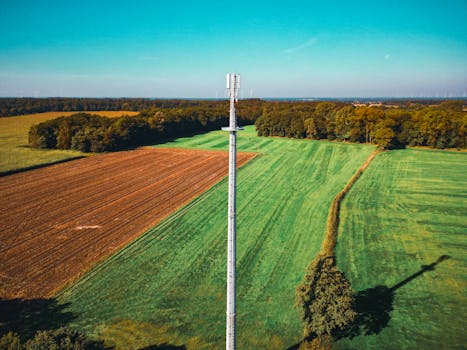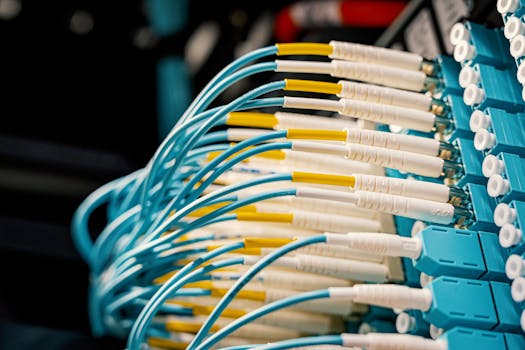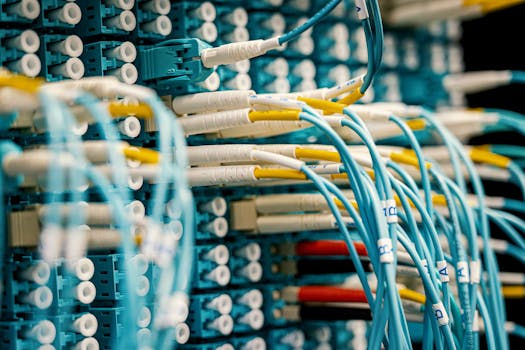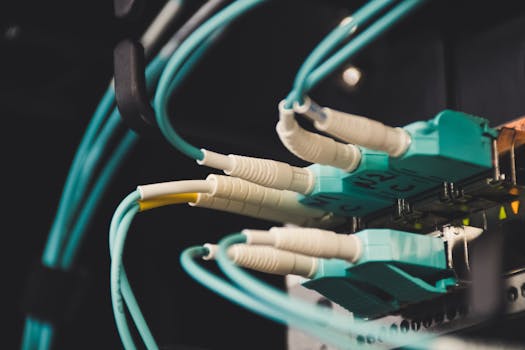
Harnessing Light: The Breakthrough of Flexible Glass Fibers in Data Communication
Harnessing Light: The Breakthrough of Flexible Glass Fibers in Data Communication has been a major milestone in the field of data communication. The use of flexible glass fibers has enabled the transmission of light over long distances with minimal loss of signal, making it an ideal solution for high-speed data transfer. In this article, we will explore the breakthrough of flexible glass fibers in data communication and their potential to revolutionize the way we transmit data.
Introduction to Flexible Glass Fibers

Flexible glass fibers are a type of optical fiber that is made from glass or plastic and is designed to be flexible and lightweight. They are made up of a core, cladding, and coating, which work together to transmit light signals over long distances. The core is the central part of the fiber, where the light signal is transmitted, while the cladding is the outer layer that surrounds the core and helps to reflect the light back into the core. The coating is the outermost layer, which provides protection to the fiber from damage and moisture.
How Flexible Glass Fibers Work

Flexible glass fibers work by transmitting light signals through the core of the fiber. The light signal is generated by a laser or light-emitting diode (LED) and is transmitted through the fiber to a receiver, which converts the light signal back into an electrical signal. The flexible nature of the fibers allows them to be bent and twisted without affecting the signal quality, making them ideal for use in a variety of applications, including data communication, sensing, and imaging.
Breakthroughs in Data Communication

The use of flexible glass fibers in data communication has led to several breakthroughs in recent years. One of the most significant breakthroughs is the development of fiber optic cables that can transmit data at speeds of up to 100 Gbps (gigabits per second). This is made possible by the use of advanced modulation techniques, such as quadrature amplitude modulation (QAM), which allow for the transmission of multiple signals over a single fiber. Another breakthrough is the development of flexible glass fibers that can be used in harsh environments, such as high-temperature or high-vibration applications.
Applications of Flexible Glass Fibers

Flexible glass fibers have a wide range of applications in data communication, including use in fiber optic cables, data centers, and wireless networks. They are also used in sensing and imaging applications, such as in medical devices and industrial sensors. In addition, flexible glass fibers are used in aerospace and defense applications, such as in satellite communications and navigation systems.
Conclusion

In conclusion, Harnessing Light: The Breakthrough of Flexible Glass Fibers in Data Communication has revolutionized the field of data communication. The use of flexible glass fibers has enabled the transmission of light over long distances with minimal loss of signal, making it an ideal solution for high-speed data transfer. As the demand for high-speed data transfer continues to grow, the use of flexible glass fibers is likely to become even more widespread, enabling new applications and innovations in the field of data communication.